The September 2019 update to the Teacher’s Pension Scheme has left many schools considering an exit from the scheme. We take a look at the issues of the steep rise in required employer contribution rates.
The Teacher’s Pension Scheme (TPS) is guaranteed by the Government, and like other public service schemes, is paid from general taxation. It is now a career average public service defined benefit scheme available to teachers in schools in both the state and independent sectors.
In September 2019 the employers’ contributions to TPS increased by 43% from 16.4% to 23.6%, with employees contributions ranging from 7.4% and 11.4% based on an earnings related scale. It is likely that these contribution rates will rise further at the next review in 2024. The contributions build up benefits using a formula based on salary and service, with the current accrual rate being 1/57th of pensionable earnings.
In the state school sector, the Government has confirmed that the Department for Education would fully fund the increased pension contributions that state funded schools and colleges would have to make, by making an additional grant to the funding stream, and although the length of time for support has not be clarified, it is possible that this may become part of the funding formula.
In the independent sector there is no such support, and under the current legislation when an independent school makes the TPS available to its teaching staff, the offer must be made to all teaching staff. The Department of Education is at the present time considering rules to enable independent schools to withdraw from TPS on a phased basis and as such allow existing members to continue and new teachers to be placed in a new scheme.
As a result of the costs of the additional contributions and other cost increases, the TPS scheme is now unaffordable for many schools, as it is unlikely that they will be able to increase fees to compensate, and as a result capital projects will be put on hold and cost saving schemes put in place, with the knock-on effect that bursaries and support to the state sector could become adversely affected.
This has resulted in a large number of independent schools withdrawing from TPS, and more are actively considering other schemes, and starting to consult or planning to consult with their staff.
There are a number of options that schools can consider:
- Where resources exist, stay with TPS, but consider the possible future costs of the scheme
- To plan to withdraw from TPS and consult with staff to establish a new defined benefit scheme
- Consult with staff to implement a hybrid scheme incorporating pay and pensions
Whichever direction each independent school considers taking there will considerable consultation needed and their respective governing bodies should ensure they evaluate the employment and pension law considerations adequately, as all schools will be different in some respects.
In conclusion, it appears that many independent schools can no longer really afford to remain in the TPS, and this may well impact on the recruitment and retention of teachers, many of whom may prefer to remain in the state sector.
For further guidance on these issues, please contact one of our education sector specialists.
Get in touch or request a call back:
Call 0330 223 6400 or complete the form to make an enquiry or request a call back (* indicates a mandatory field).



